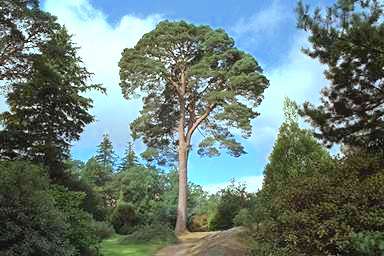Eagle1
ArboristSite Operative
Hey All. I have a question but I will start with the story. I was removing a large black oak. Prob 60 feet. I limbed as I climbed and got to the top. This job was on a construction to be location so I did not have to do any rigging but the tree had to be climbed. So, As I started chuncking down 2" pieces I was hearing a cracking noise. Then I noticed that the tree was starting to seperate (split). I came down and maneged to fell the 40" trunck that was left. The crack (split )was all the was to the stump. My question is could I have continued chuncking down? What could have happeded? the trunck never split, but had a crack all the way down.????
Thanks
Thanks













































